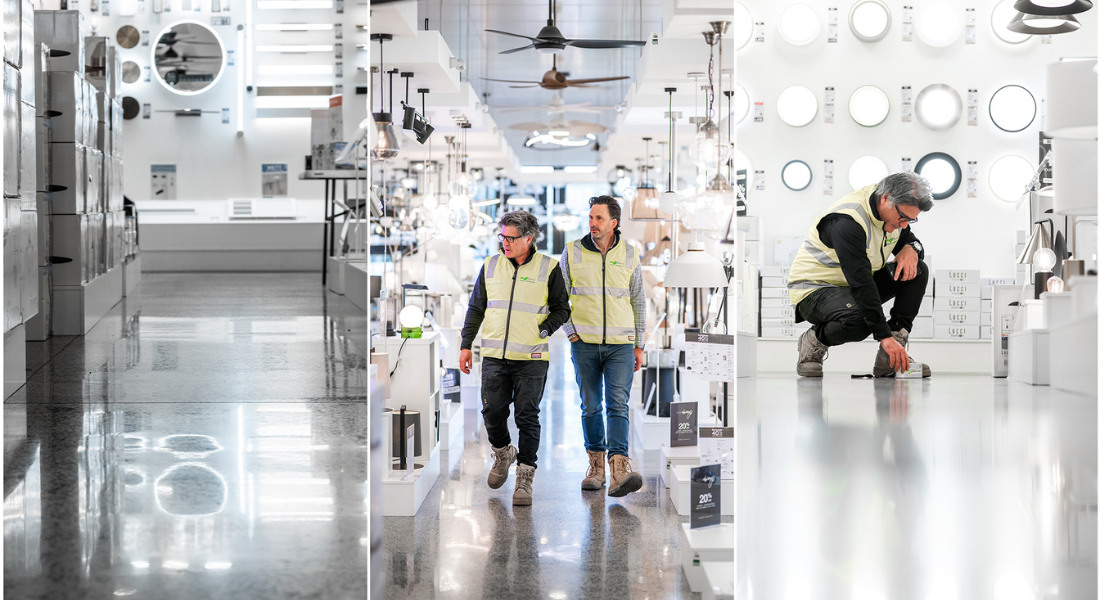Self Service’s Potential Within the Aisles

Self-service has evolved beyond self-checkout to encompass in-aisle options, offering retailers a way to meet customers’ growing demand for autonomy. As shoppers become more accustomed to the freedom of online shopping, they expect similar experiences in physical stores.
Self-checkout was one of the first inroads made by retailers to provide in-store self-service technology to customers. Despite some challenges, the benefits and convenience for consumers and cost-cutting for retailers have led it to be entrenched in many store models. This positive reception suggests a broader potential for self-service within store aisles.
Projections indicate that demand for in-store self-service could reach nearly $90 billion globally by 2030. This growth highlights the role self-service can play in product discovery, aiding customers when staff are unavailable, and recommending complementary products. Unlike online stores, physical retailers face space limitations, leading to high costs for excess inventory and missed sales opportunities when products aren’t found quickly. Self-service can address these issues, providing a seamless bridge between online and in-store experiences.
In-store self-service can replicate online upselling and cross-selling strategies, often missed by busy or limited staff. Interactive screens can help customers locate items and suggest complementary products, thereby increasing average order values. For example, a customer looking for a paintbrush in a hardware store could be reminded to purchase related items, resulting in a 36% increase in basket size for a large retailer using the tutch digital platform.
Moreover, as self-service platforms gather data on customer preferences, AI can offer predictive recommendations, transforming product searches into explorations based on specific shopping scenarios. This personalisation enhances the shopping experience and encourages greater basket sizes, leading to higher revenue.
Retailers also benefit from self-service by overcoming space constraints. With rising real estate costs, stores struggle to display all inventory, unlike their online counterparts. Self-service screens can virtually expand sales floors, showcasing all variants of products. For instance, Between the Flags used tutch’s platform to display their entire collection of sheepskin boots, which were immensely popular but took up a lot of space on the sales floor. The digital platform allowed the apparel retailer to reduce stock holdings by 28%, while doubling sales of the boots in the process.
Additionally, self-service can introduce new revenue streams by allowing stores to offer third-party drop-shipped products not carried in-store. This approach could transform physical stores into one-stop marketplaces, even if they can’t carry every product consistently on their own, blending the curated experiences of brick-and-mortar with the extensive options of online shopping.
As customers continue to enjoy the tactile experience of in-store shopping, integrating digital habits is crucial. Digital technology has become a native language for most customers, and self-service in aisles represents the next step in combining the best of both digital and physical worlds, and can create new revenue avenues and reduce costs for retailers.
To learn more about enhancing in-store experiences through self-service, visit tutch’s website at tutch.ai.




